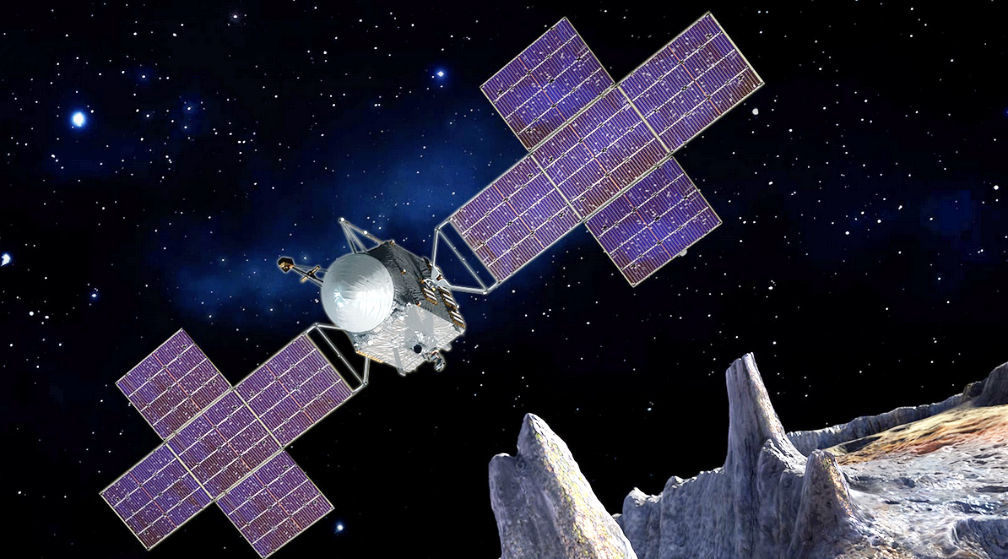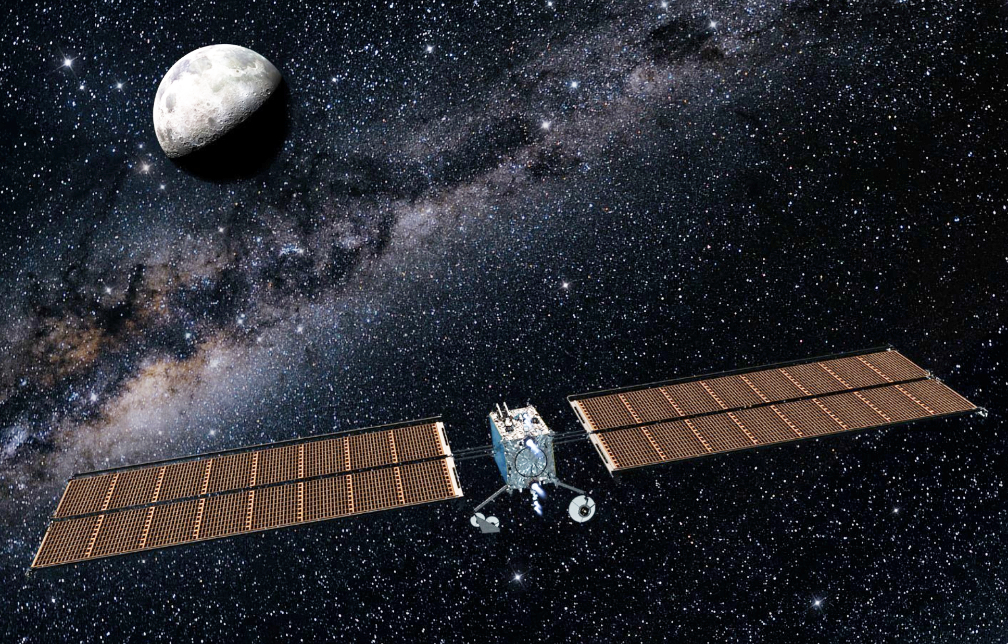
Late last month, Maxar Technologies (NYSE:MAXR) (TSX:MAXR) delivered the Solar Electric Propulsion (SEP) Chassis to NASA’s Jet Propulsion Laboratory (JPL) for the NASA Discovery Mission, Psyche.

The SEP Chassis is based on Maxar’s 1300-class platform, which provided NASA the opportunity to budget, design and build the historic Psyche mission on flight-proven, commercially developed hardware.
The NASA Psyche mission is expected to launch in August of 2022 to explore an asteroid orbiting between Mars and Jupiter, which is likely made largely of metal and may be core material from an early planet. The Psyche spacecraft will travel more than 1 billion miles and arrive at the asteroid in 2026, where it will spend 21 months orbiting the 140 mile-wide asteroid, mapping it and studying its properties.

The SEP Chassis built for Psyche is Maxar’s lightest and smallest graphite 1300-class spacecraft platform, roughly the size of a small car and is combined with a medium-sized solar array, a high-gain antenna and Maxar’s latest solar electric propulsion system. The spacecraft has been specifically designed to function in a low-power environment because of the Psyche asteroid’s distance from the sun.
Maxar was selected in 2017 to provide the spacecraft platform for the Psyche mission under a firm-fixed-price contract and has now delivered all hardware on schedule. The company is working for NASA JPL to support the mission’s Principal Investigator Lindy Elkins-Tanton, who is a professor at Arizona State University’s (ASU) School of Earth and Space Exploration.
In addition to Psyche, Maxar is also leveraging both its 1300-class platform and SEP technology for the NASA Gateway Power and Propulsion Element under the Artemis Program. The 1300-class platform has also been selected for NASA Goddard Spaceflight Center’s OSAM-1 mission and will host NASA’s Tropospheric Emissions: Monitoring of Pollution (TEMPO) instrument.

“This mission is a dream come true. Maxar developed the world’s most advanced solar electric propulsion capabilities to reduce program costs and enable long-duration missions for commercial communications satellites,” said Robert Curbeam, Maxar’s Senior Vice President of Space Capture. “We are excited to leverage this technology for a NASA deep space exploration mission and see great promise for adapting it to support a range of critical government space missions in the future. The collaboration between the teams at Maxar, ASU and NASA’s JPL has been astounding. Each organization brought their expertise to the program, blending philosophies of commercial, government and academic institutions to come together for one mission—to travel to an asteroid to better understand Earth.”
“Seeing this big spacecraft chassis arrive at JPL from Maxar is among the most thrilling of the milestones we’ve experienced on what has already been a 10-year journey,” said Elkins-Tanton. “Building this complex, precision piece of engineering during the year of COVID is absolutely a triumph of human determination and excellence.”
